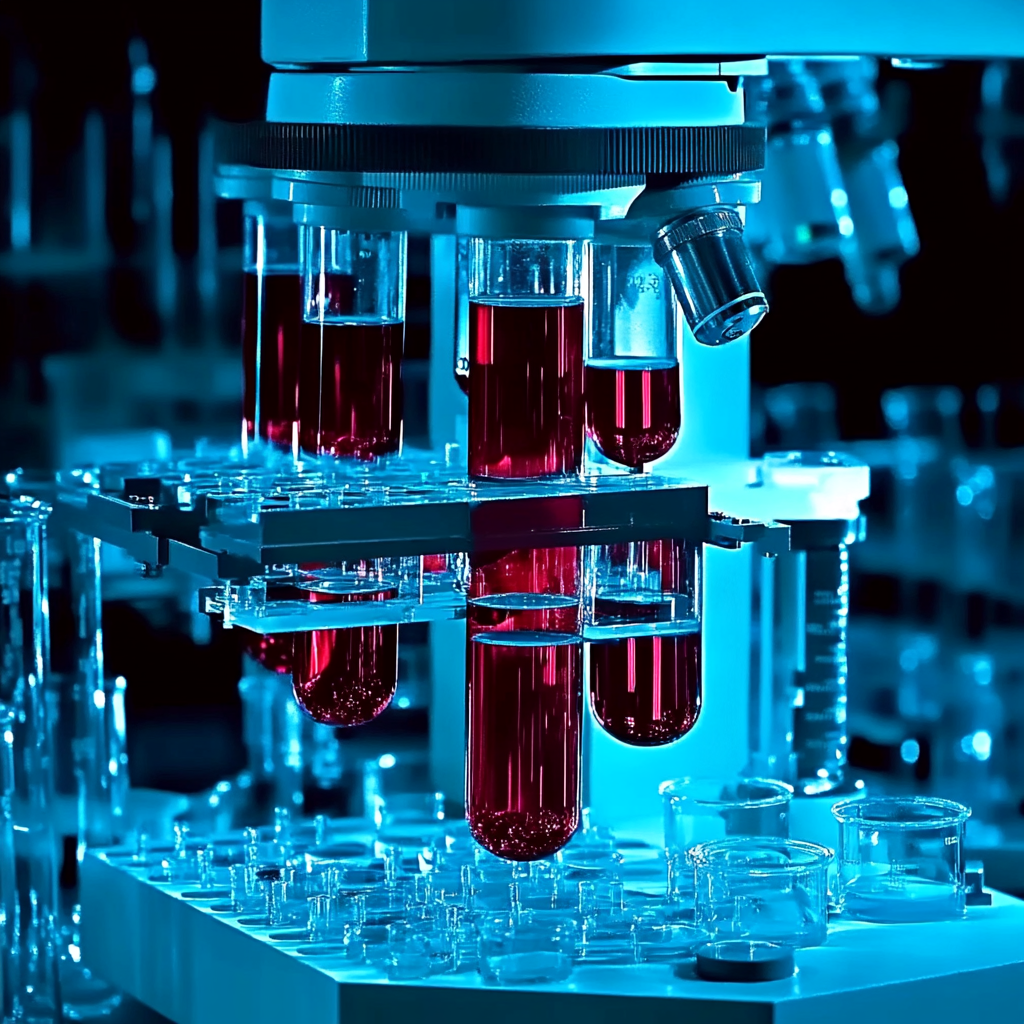Background
Traditional treatments for Raynaud’s phenomenon (RP) often don’t work well because they don’t address all the causes of the condition. This study looks at a new treatment that combines high-density fat grafting (HDFG) with botulinum toxin A (BTX-A) to see if it can help patients better.
Study Overview
Eleven patients with 20 affected hands were part of this study. They were divided into two groups: one group received the combination treatment (HDFG + BTX-A), while the other group received HDFG alone. The effectiveness of the treatments was measured using pain scores, cold sensitivity scores, healing time for finger ulcers, and blood flow improvements.
Results
The group that received HDFG with BTX-A showed significant improvements:
- Pain scores dropped from an average of 5.33 to 0.84 after treatment (a reduction of 4.49).
- Cold sensitivity scores improved from an average of 272.73 to 75.00.
- Ulcer healing time was faster, taking an average of 14.25 days compared to 25.6 days for those who only received HDFG.
- Infrared imaging showed better blood flow in the HDFG-BTX group.
Conclusion
The combination of HDFG and BTX-A is a promising treatment for Raynaud’s phenomenon, leading to high satisfaction among patients.
Next Steps for Clinics and Patients
Here are some practical steps based on the study results:
- Define Measurable Outcomes: Set clear goals for treatment effectiveness based on pain relief and recovery time.
- Select AI Tools: Choose AI solutions that help track patient outcomes and improve treatment processes.
- Implement Step by Step: Start with a small pilot project to test the new treatment, and use AI to monitor results and real-world effects.
Contact Us for More Information
If you’re interested in AI solutions for medical management, reach out to us:
- Telegram: https://t.me/itinai
- X: https://x.com/vlruso
- LinkedIn: https://www.linkedin.com/company/itinai/




























